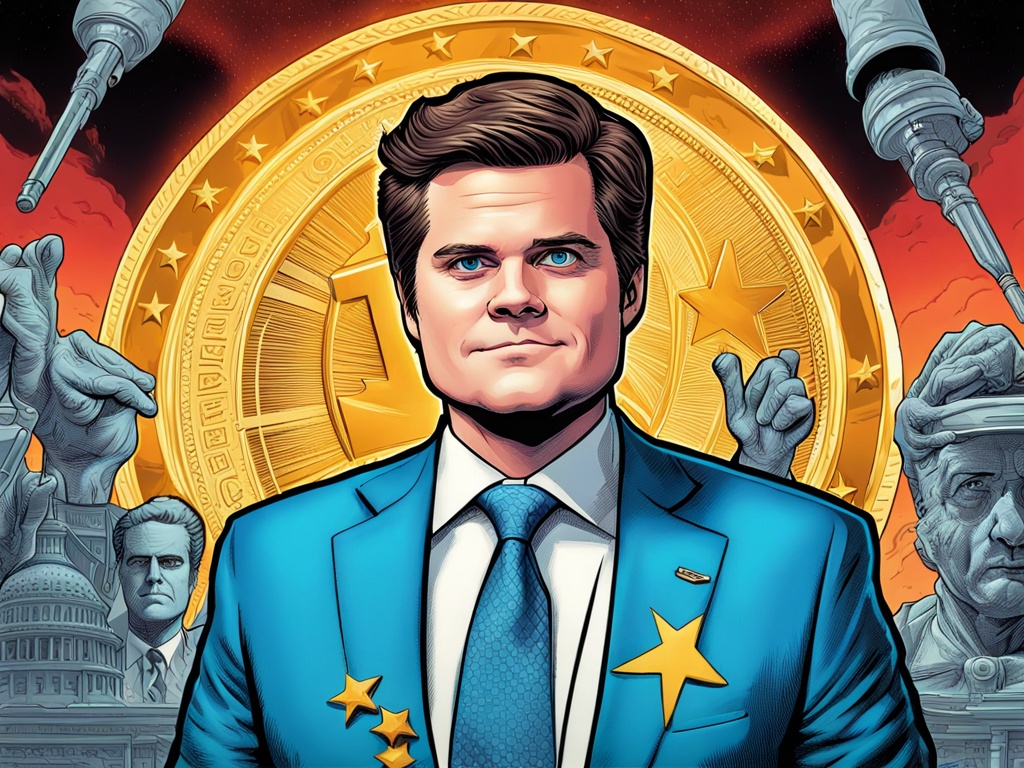Gary Gensler’s Reflection on SEC’s Crypto Oversight: A Turning Point 🚀
In a recent address, Gary Gensler, the current Chair of the SEC, provided insights into his tenure and the ongoing regulatory climate for cryptocurrencies. His remarks touched on the challenges and progress made in overseeing a rapidly evolving financial landscape. This year, discussions around the SEC’s approach to crypto assets and enforcement actions have intensified, especially amid potential transitions in leadership.
Analyzing Gensler’s Legacy at the SEC 📊
During his speech at a legal education forum, Gensler expressed pride in the work done alongside his SEC colleagues. He underscored their collective mission: safeguarding American investors within the complex financial environment. The regulatory landscape for cryptocurrencies has shifted considerably since Gensler took office in 2021. He remarked that the SEC, under previous Chair Jay Clayton, had initiated approximately 80 legal actions against crypto-related entities, including significant cases such as the one involving Ripple.
- Gensler emphasized the SEC’s commitment to enforcing existing securities laws:
- He noted that over recent years, the crypto sector has consistently accounted for about 5% to 7% of the agency’s enforcement actions.
- Gensler made it clear that the focus was not solely on Bitcoin but on a vast array of the nearly 10,000 digital assets in circulation.
SEC’s Approach to Cryptocurrency Regulation ⚖️
Gensler acknowledges that both he and former Chairman Clayton have repeatedly affirmed that many cryptocurrencies function similar to securities. This perspective underscores the SEC’s cautious approach to industry regulation, aiming to ensure that new financial vehicles comply with established laws designed to protect investors. He stated: “Our focus, rather, has been on some of the 10,000 or so other digital assets, many of which courts have ruled were offered or sold as securities.”
First Bitcoin Futures ETF: A Milestone Achievement 🏆
One of the significant accomplishments pointed out by Gensler was the approval of the first Bitcoin futures exchange-traded fund (ETF) during his leadership. Prior to his tenure, numerous applications for crypto ETFs either faced rejection or were voluntarily withdrawn. The advent of a Bitcoin futures ETF is seen as a notable advancement in legitimizing crypto investments, allowing a greater number of traditional investors to access the market.
- Gensler stated:
- “I’ve been proud to serve with my colleagues at the SEC who, day in and day out, work to protect American families on the highways of finance.”
Criticism and Challenges Facing the SEC 🎣
Despite the achievements, Gensler faces criticism from numerous individuals in the crypto sphere, who view him as excessively stringent. Critics argue that his regulatory stance works against innovation within the industry, suggesting that the lack of clear regulatory frameworks stifles growth potential. They perceive the SEC’s application of existing securities regulations to digital currencies as a challenge to the innovative nature of blockchain technologies.
This year, the conversation surrounding regulatory clarity is more pertinent than ever as various stakeholders call for a more balanced approach that could foster both innovation and investor protection. As Gensler contemplates his legacy and the potential for departure from the SEC, discussions around the future of cryptocurrency regulation will likely remain a focal point within both the government and industry circles.
Hot Take: The Future of Crypto Regulation and Leadership 🔮
As the SEC moves forward into an uncertain political environment, the future of cryptocurrency regulation hangs in the balance. Gensler’s dual focus on enforcement and innovation will shape how this dynamic sector evolves. If he does depart, the appointment of a new chair might lead to a shift in regulatory philosophy that could either enhance or hinder the industry’s growth trajectory. This year, stakeholders will closely monitor these developments, emphasizing the need for a clear vision in navigating the ever-changing landscape of digital assets.





 By
By
 By
By
 By
By


 By
By